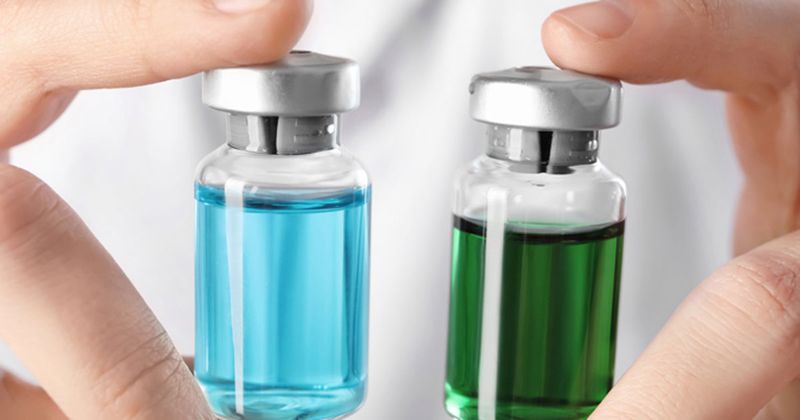Sarilumab linked to better physical function improvements vs. adalimumab in RA
Among patients with rheumatoid arthritis and high baseline interleukin-6, sarilumab was associated with better improvements in physical function and morning stiffness compared with adalimumab, according to data published in Arthritis Research & Therapy.
“The contribution of IL-6 to joint inflammation and bone erosion in RA is well established; however, it has also been associated with non-articular manifestations of RA, including anemia, type 2 diabetes mellitus, and increased cardiovascular risk,” Vibeke Strand, MD, MACR, FACP, of Stanford University, and colleagues wrote. “IL-6 levels also associate with a number of RA-related patient-reported outcomes (PRO), including fatigue and pain.”

“Studies of anti-IL-6R agents, such as tocilizumab and sarilumab, in the treatment of moderate-to-severe RA have revealed the benefits of IL-6 inhibition, not only in the reduction of disease activity, but also improvement in pain and mood disorders associated with RA,” they added. “The value of these clinical and PRO data notwithstanding, a formal association between IL-6 levels and overall health-related quality of life (HRQoL) in RA patients has not been investigated to date.”
To examine whether baseline IL-6 levels can predict health-related quality of life improvements with sarilumab (Kevzara; Regeneron, Sanofi), compared with adalimumab (Humira, AbbVie), Strand and colleagues conducted a post hoc analysis of data from MONARCH, a phase 3, randomized controlled trial. In that study, baseline serum IL-6 levels in 300 out of 369 randomized participants were categorized into low — defined as 1.6 to 7.1pg/mL — medium — 7.2 to 39.5pg/mL — and high — 39.6 to 692.3pg/mL — tertiles.

Among the participants, 148 received sarilumab and 152 were treated with adalimumab. In the sarilumab group, 55 had low IL-6 at baseline, 47 were in the medium tertile and 46 had high levels. Among those treated with adalimumab, 45, 53 and 54 were in the low, medium and high tertiles, respectively.
Health-related quality of life was measured at baseline and then at weeks 24 and 52 using the Short Form 36 (SF-36) physical and mental component summary (PCS/MCS) and domain scores, the Functional Assessment of Chronic Illness Therapy-fatigue, and duration of morning stiffness visual analog scale (VAS). The researchers used a linear regression of changes from baseline in health related quality of life — taking into account IL-6 tertile, treatment, region as a stratification factor, and IL-6 tertile-by-treatment interaction as fixed effects — to determine the predictive native of baseline IL-6, with the low tertile as a reference.
Lastly, Strand and colleagues performed pairwise comparisons of improvements between treatment groups by tertile. In addition, similar analyses evaluated week 24 patient-level response on minimum clinically important differences.
According to the researchers, participants with high, compared with medium or low, IL-6 levels at baseline reported worse (nominal P<.05) SF-36 MCS and role-physical, bodily pain, social functioning, role-emotional domain, and morning stiffness VAS scores. In addition, sarilumab demonstrated a greater treatment effect, compared with adalimumab, among those in the high tertile versus the low tertile in SF-36 PCS, physical functioning domain, and morning stiffness VAS (nominal interaction P<.05).
PCS improvements that reached or exceeded minimum clinically important differences were higher among the high tertile (OR = 6.3; 95% CI, 2.37-16.81), compared with those with low levels of IL-6 (OR = 0.97; 95% CI, 0.43-2.16), with sarilumab versus adalimumab (nominal interaction P<.05). Adverse events were similar between the three tertiles.
“The beneficial effects of sarilumab versus adalimumab on HRQoL were greater in patients with high IL-6 levels at baseline, indicating that among adult RA patients with moderate-to-severely active RA who have had an inadequate response or intolerance to one or more DMARDs, high IL-6 levels may predict greater improvements in PROs/HRQoL than low IL-6 levels,” Strand and colleagues wrote. “These findings support previous analyses which have shown that across various endpoints, patients with elevated baseline IL-6 levels compared with those without responded better to sarilumab compared with methotrexate or adalimumab.”
